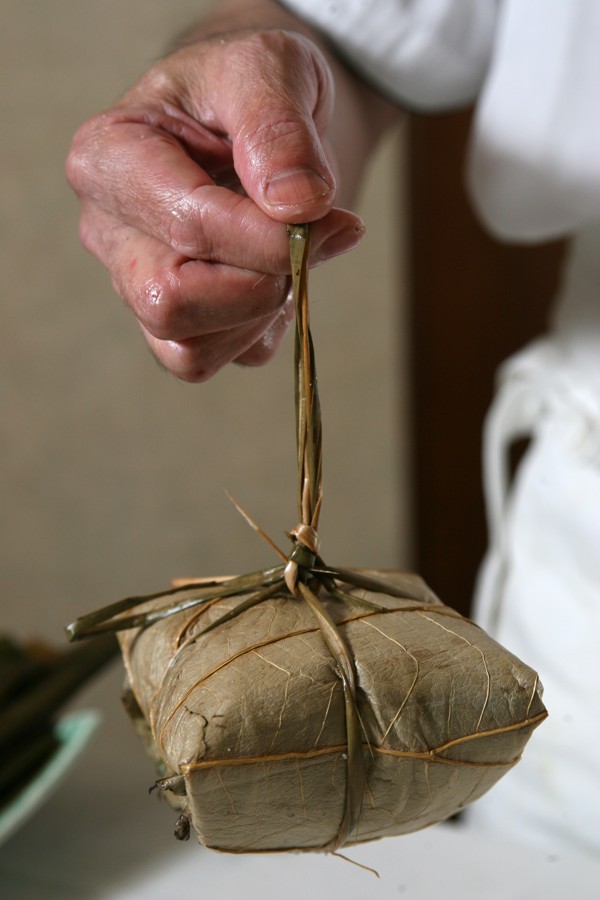
Dragon Boat Festival: its true significance lies in its Chinese name
Also called Tuen Ng or Duanwu, it is one of Hong Kong’s biggest festivals – but what do the dragons and rice dumplings signify?
One of Hong Kong’s biggest festivals currently sees its shores and waterways inhabited by brightly hued dragon boats. The commonly used English name for the holiday refers to this aspect: the Dragon Boat Festival, known as Festividade do Barco-Dragão (Portuguese) in Macau and Mendayung Perahu (“rowing boat”) in Indonesia.
But it is the Chinese name of the festival 端午節 – Duanwu (Putonghua) in mainland China, Taiwan, Singapore and Macau, and Tuen Ng (Cantonese) in Hong Kong – that reflects its significance in the lunisolar calendar, and explains its accompanying traditions. “Wu” and “ng” refer to the sun’s position at the meridian, its highest point in the sky, and “duan” and “tuen” mean “extreme, upright”, together referring to the summer solstice, the longest day of the year in the northern hemisphere. Falling on the fifth day of the fifth lunar month, its alternate name is Double Fifth Festival.
The folklore traditions – carrying sachets of fragrant herbs, the attachment of five-colour threads with healing properties, drinking realgar wine – were for protection from midsummer plagues and pestilence.

A later, better-known account involves the suicide in 278BC of Qu Yuan, a well-loved poet and statesman of the Chu kingdom during the Zhou dynasty’s Warring States period, who was falsely accused of treason and banished for his opposition to the king’s alliance with the state of Qin. In despair when Qin conquered the Chu capital, he drowned himself in the Miluo River – on the fifth day of the fifth month. Fishermen rowed out to try to save him, beating their oars on the water to scare evil spirits away – and these elements endure in dragon boat racing.
East-West fusion concert explains Dragon Boat Festival’s origin for Hong Kong children
To prevent hungry fish from consuming the corpse, locals threw rice into the river, which in later years has also fed his spirit. Wrapping the rice offerings in leaves, and tying them with auspicious five-coloured threads, as one legend goes, deterred the river dragon from devouring them.
Today’s distinctive leaf-wrapped form is known in the diaspora as zòngzi (Putonghua), jung (Cantonese), bakchang (“meat dumpling”, Hokkien) and machang (Filipino tagalog, from the Hokkien).
As you enjoy the Dragon Boat Festival, remember that it’s really to celebrate tuen ng.


